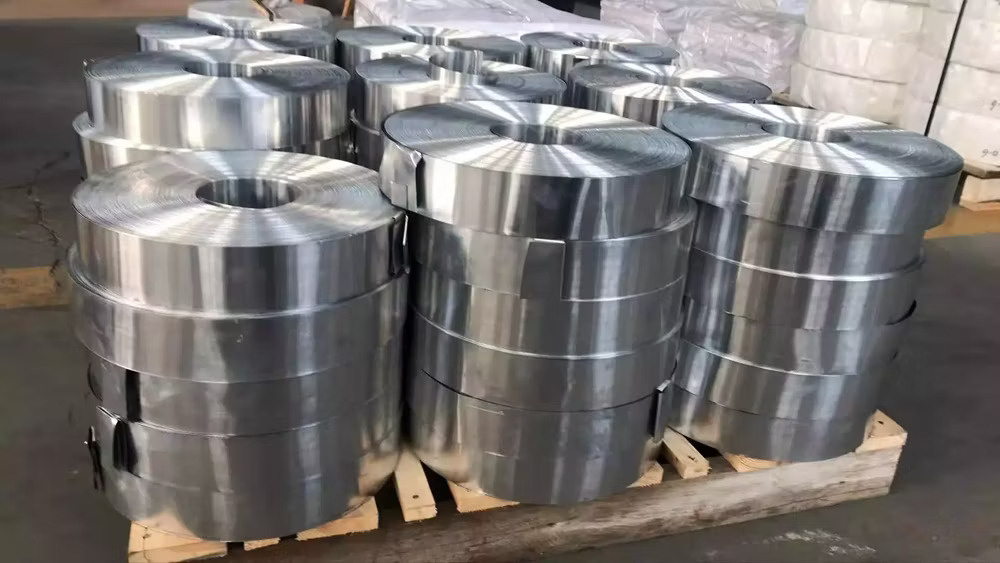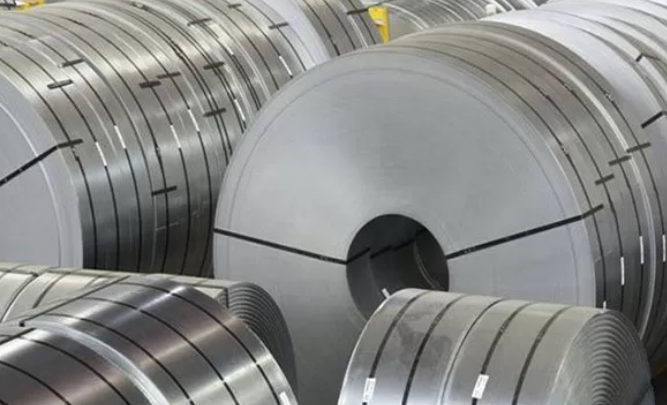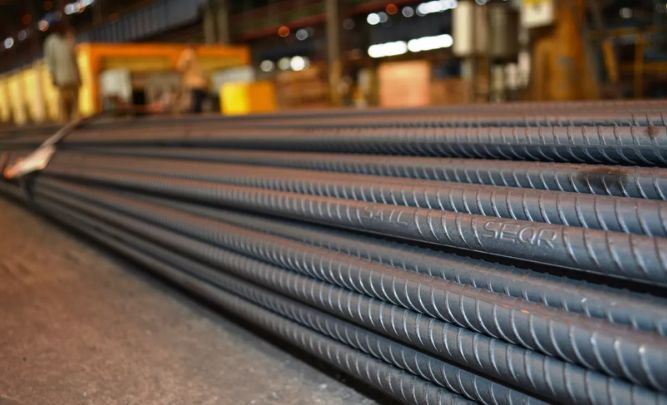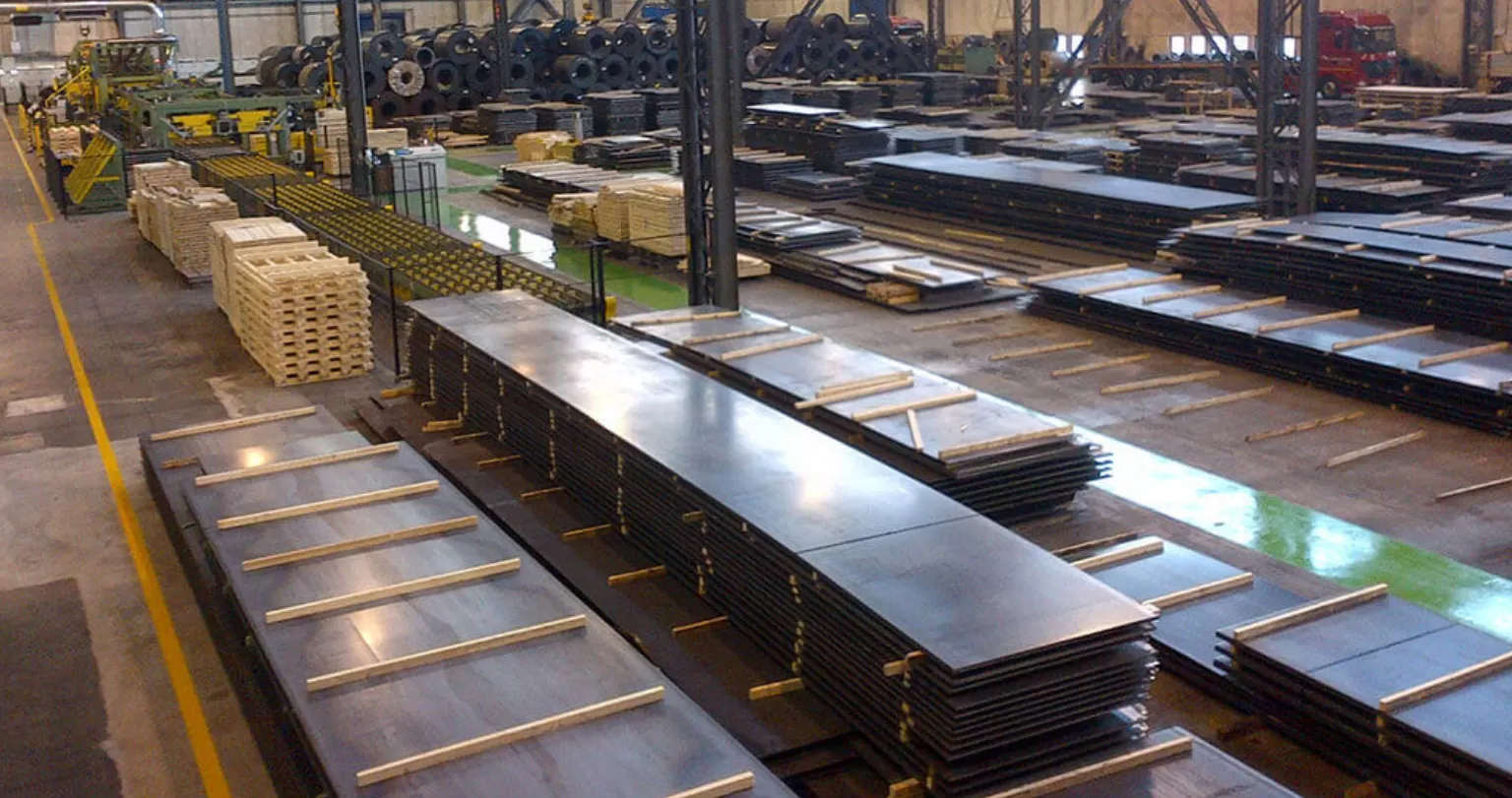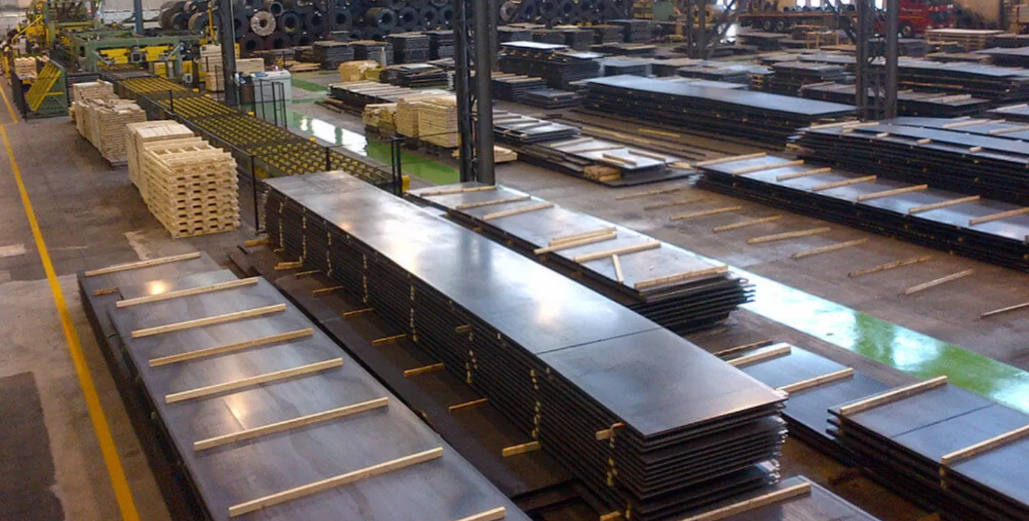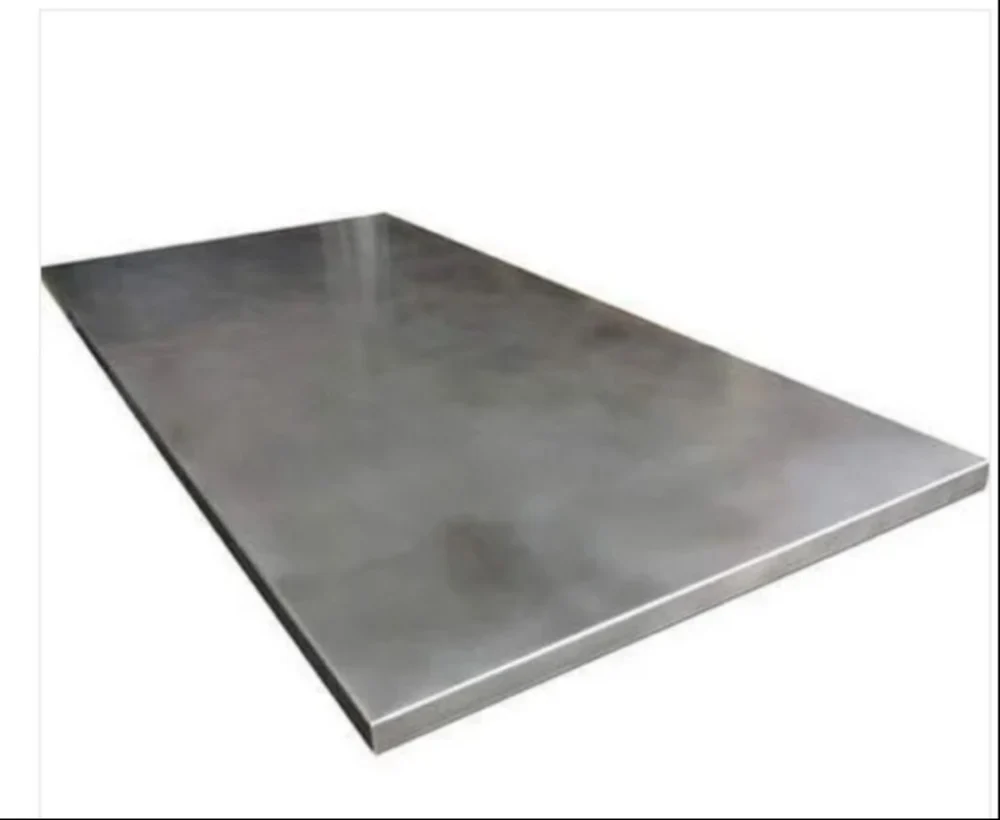In the case of corrosion-resistant materials, Nickel Alloy C22 and Hastelloy C22 are two names that are frequently used when it comes to materials that perform exceptionally well in extreme conditions. But are they different? To better compare these two materials and understand their properties, application, and the benefits they offer, let’s first dissect them.
What is Nickel Alloy C22?
Nickel Alloy C22 is a nickel-chromium-molybdenum-tungsten alloy known for its exceptional resistance to pitting, crevice corrosion, and stress corrosion cracking. It offers high durability in various chemical processing environments, including acidic and chloride-rich atmospheres. Due to its robust resistance to oxidation and corrosion, this alloy is used in industries like chemical processing, power generation, and marine applications.
What is Hastelloy C22?
Hastelloy C22, a well-known trademark of Haynes International, is essentially the same material as Nickel Alloy C22 but marketed under a brand name. Hastelloy C22 is renowned for its resistance to severe environments, such as acid rain, seawater, and aggressive chemicals. Its versatility makes it a popular choice for industries including pharmaceuticals, pollution control, and wastewater treatment plants.
Are There Any Differences?
The differences between Nickel Alloy C22 and Hastelloy C22 are not apparent when one looks at the names of the two alloys, but they are actually the same. Both materials contain the same elements of nickel, chromium, molybdenum and tungsten in the same proportions. The difference is mainly in the brand. Hastelloy is a trademark, while Nickel Alloy C22 is an open term used for the same material.
Key Benefits of Hastelloy C22
- Superior Corrosion Resistance: Hastelloy C22 has great resistance to pitting, crevice corrosion and oxidising conditions.
- Versatility: This alloy can be used across a range of industries including chemical processing, marine engineering among others.
- Durability in Extreme Conditions: It is highly suitable for applications where high pressure and high temperature are involved since it does not disappoint.
Applications of Hastelloy C22
- Chemical Processing: Withstanding harsh chemicals and acids, Hastelloy C22 is ideal for processing units handling dangerous materials.
- Pharmaceutical Industry: The absence of reactions makes the alloy suitable for equipment that handles sensitive materials.
- Pollution Control: Its corrosion resistance is particularly valuable in scrubbers and other parts of the pollution control systems.
Conclusion
In summary, Nickel Alloy C22 and Hastelloy C22 are the same materials. The only real difference lies in branding. Hastelloy C22, known for its remarkable resistance to corrosion and harsh environments, is a reliable material for industries that demand high performance. When choosing between the two, the decision often comes down to preference or specific brand requirements.
This blog post has aimed to demystify the difference between the two terms and help those choosing the right alloy for their applications. Whether you refer to it as Nickel Alloy C22 or Hastelloy C22, you will be getting the same excellent alloy for corrosion related uses.

